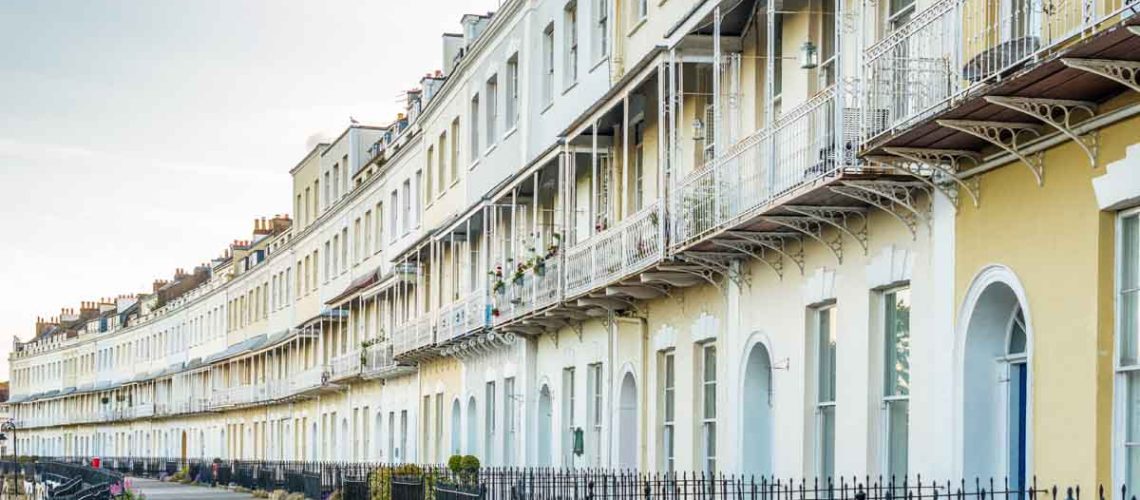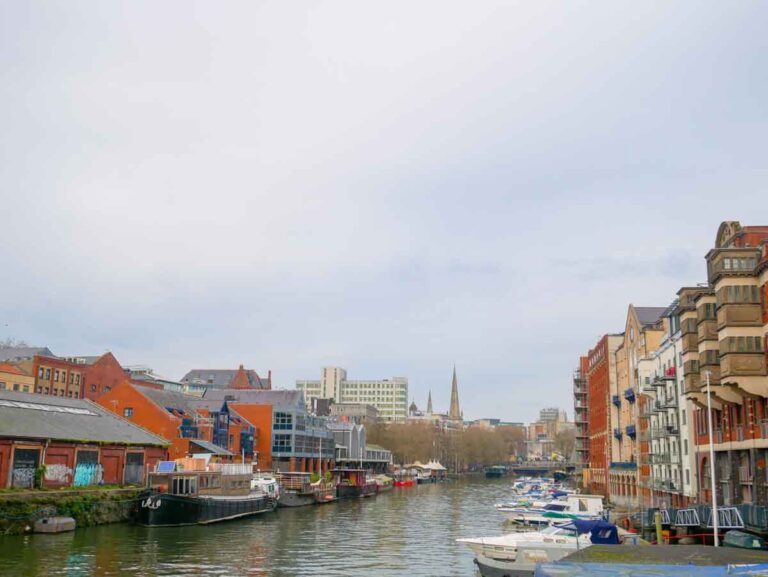


Have you ever wandered through a city, looking around in awe at its beauty? Are you fascinated by the history behind each building and how it once looked? Well, Bristol is the perfect city for you! From its vibrant street art to its world-renowned harbor, there’s something here for everyone.
But if you’re looking to take your appreciation of the city further and discover its hidden stories, a tour of Bristol’s historical architecture should be at the top of your list. Here, you can explore the city’s finest architecture and building conservation – revealing much more than just its bricks and stones!
So come along with us as we wander through Bristol’s historic streets and uncover the heart of what makes this vibrant city so unique – from centuries-old churches to entire Georgian squares hidden away from view.
Bristol is one of the UK’s most beautiful cities, and it’s easy to see why. After all, it has a vibrant history, culture, and some of the best architecture Britain has seen throughout the centuries. So why not take some time to explore this heritage?
You’ll encounter many grand and historic buildings as you wander Bristol’s streets. From the elegant Georgian Town Houses along The Promenade to the striking Isambard Kingdom Brunel-designed Clifton Suspension Bridge stretching over the Avon Gorge, you cannot help but be amazed by this city’s abundance of architectural treasures.
But there’s more; Bristol is also a city devoted to building conservation, meaning these wonders won’t just disappear over time. With local organizations like The Georgian Group who work tirelessly to protect and conserve these structures from any threats of demolition or neglect, you can be sure that Bristol will remain a city full of character for generations to come.
As you explore Bristol, from its simple Victorian-era terrace houses to the grand structures of its 19th-century industrial areas, you’ll discover a more profound character of the city.
Every building has a unique story, from its construction to its conservation.
For instance, Bristol was an important shipbuilding port in the 18th and 19th centuries, so many buildings still reflect this heritage today.
Iconic architect Isambard Kingdom Brunel designed some of the city’s most impressive sites, such as the Clifton Suspension Bridge. He also used his engineering prowess to create some of Britain’s most prestigious historic buildings, like The Great Western Railway Works at St Philips and The Temple at King William Avenue.

Alternatively, suppose you’re looking for something more contemporary. Many modern structures reflect Bristol’s industrial past, like the former Bristol Gasworks site, now called ‘Gasworks Park.’ With buildings like this, you can spot and appreciate features such as sculpture murals, metalwork, and stained-glass windows representing a particular era or location, allowing you to connect uniquely with Bristol’s history.
From awe-inspiring Georgian architecture to neoclassical and Art Deco, many different types of heritage buildings around Bristol are worth exploring.
When you stroll through the city center, you’ll find various architectural styles displayed on the same street. You might notice how some houses have taller windows while others have symmetrical facades, all of Bristol’s unique character.
But to understand the city’s built heritage, why not visit one of its many conservation areas? Here, you can see traditional Victorian frontages and Georgian crescents, which reflect the times when this fine city was first built.
You may even be lucky enough to spot some ancient cobbled streets and discover secret passages hidden in alleyways, each with its own story. Exploring these areas lets you appreciate how people lived in the past and their influences on the city’s face today.
If you’re looking to explore Bristol’s historic architecture, there are key strategies and tips to help you get the most out of your journey.
The best times to visit Bristol are in warmer weather, from April to October. Not only will you enjoy much nicer weather for your walks and hikes, but you’ll also get a better sense of how the city has changed. Consider planning your trip for a time when significant festivals or public events are taking place – such as the annual Harbor Festival or one of the numerous street fairs – as these events provide unique opportunities for exploring the city’s rich cultural heritage.
When exploring Bristol’s historic architecture, it pays to plan your route carefully. Think about what locations and neighborhoods you would like to visit and research what specific buildings or landmarks are available in those areas. Be sure to consider which sites may have ticketed admission or restrictions on access that could affect your plans. Finally, pre-book any guided tours that interest you, so they don’t fill up while you’re in town.
Many online and in-print resources can help guide your exploration of Bristol’s historic architecture. Check out books and leaflets on local history, architecture, and conservation at local bookstores and libraries. You can also find many interesting articles online with more detailed insight into various aspects of the city’s cultural history and architectural heritage.

Regarding Bristol’s maritime history, building conservation is vital to preserving the city’s many historic buildings. Thankfully, organizations like Historic England and other major charities are dedicated to helping protect and conserve these sites.
Here are some ways they do it:
As a result of successful conservation programs, Bristol remains home to some fantastic landmarks such as the John Cabot House or Leigh Court Mansion – two buildings that were recently conserved and restored but have stood firm throughout centuries!
The Tuscan Foundry is another example of how building conservation can serve Bristol’s maritime history. This Foundry produces cast iron drainage, gutter, and pipes – all crafted traditionally and designed to last centuries. The Foundry remains one of the few that operates in Bristol and is committed to producing timeless pieces that will stand up to the elements and still be used centuries from now.
Preserving these and other historic landmarks provides a unique and emotionally connecting experience for locals and tourists alike. Regular tours of these sites help curious visitors learn more about Bristol’s history. As a result, people can gain a deeper appreciation and understanding of the city and what it means to them.
It is essential to continue to protect and conserve these historic buildings. Each has its unique story and provides an insight into what life was like centuries ago. In doing so, we preserve the cultural and architectural history of Bristol – the heart of which lies in its maritime traditions. Through building conservation, the city of Bristol will continue to stand firm for generations to come.
Bristol is a city steeped in history, so it’s perhaps no surprise that the conservation of its historic buildings has become so important. Not only is preserving these structures essential for preserving the city’s past, but it also has many other benefits.
By conserving Bristol’s historic buildings, not only are you preserving the history, but you are also engaging with the community. Bristol residents feel pride when they know their city is being looked after and protected, which drives them towards better stewardship of their city.
Conservation of an area’s historical architecture contributes to a gathering place where locals can learn about their city’s past and celebrate its culture. This also means that tourists visit and learn more about Bristol than what may be in their guidebook.
Preserving historical buildings can also bring economic benefits to the local area as people begin to flock to the area for business opportunities or even just out of curiosity. This can lead to increased tourism and investment in retail projects near these historical sites.
Lastly, conserving historic buildings influences current building trends and inspires new architectural designs to blend in with an area’s existing architecture and theme. It gives us a window into our past while also allowing us to appreciate how we continue to live today.
Bristol is a city that takes great pride in its past and its many architectural gems, from its grand Brunel structures to its charming Georgian and Victorian terraces, that have stood the test of time and been conserved for future generations to admire and appreciate. Its diverse and vibrant history has seen the city become a cultural hub. Its commitment to protecting its built heritage ensures that future generations will continue to experience, explore and enjoy its many landmark buildings.
Bristol’s historic architecture and conservation efforts are a testament to the city’s commitment to preserving its past, both for the people of Bristol and the many who visit its intricate cobbled streets, timeless monuments, and beautiful harbor. It’s a unique destination worth discovering, allowing you to travel back in time and witness the heart of Bristol.